In general, today’s review does affect all graphics cards that use external power connections, but the rather small 12VHPWR adapter and the ability to blow through a whopping 600 watts (and more) on some GeForce RTX 4090s obviously tightens things up a bit. Today, I’ll show how using just two pads can lower the connector temperatures in the 12VHPWR by up to 15 (!) Kelvin and also explain where the high temperatures primarily originate and why both the Founders Edition air cooler and all GPU waterblocks tested so far have some sort of design flaw. But you have to come up with it first…
Important preliminary remark about the project and the measurements
In order to be able to work out visible differences as well as possible, I did today’s test again with a GeForce RTX 4090 Founders Edition and a GPU waterblock (Watercool Heatkiller V Pro) at 600 watts load. Of course, I will then go into the topic of air cooling at the relevant points, but the measurements are simply more accurate with a constant temperature for the remaining components. The room and water are kept at 20 °C and I also make the radiometric videos at 30 FPS this time, which requires quite a lot of storage space since the originals have to be stored uncompressed. This still required a special SSD conversion in the lab.
Today’s tests and also my “tinkering instructions” show that it does not always have to be the user’s fault if the 12VHPWR connector heats up more clearly than expected. And no, it’s not the “evil” connector per se, but rather the board layout of the graphics card, NVIDIA’s control mania with the shunts and the insufficient or missing cooling of a very special area. Why engineering has so nonchalantly turned a blind eye here is hard to understand. I have already discussed today’s content together with some board partners and cooler manufacturers and I am also very sure that the whole thing will later find its way into current production just like my pad mod of the GeForce RTX 3080 FE back then.
The thermal map for the 600 Watt load and the critical areas on the board
NVIDIA had already given the board partners and cooler manufacturers a thermal map long before the launch of the AD102, which I would like to show you as a small excerpt. To protect my sources, I simply photographed the screen in the lab crooked, there should be gone even the last potential digital watermarks (Fast Fourier). You never know… Depending on the graphics card model and manufacturer, certain uncooled components are located in the affected area of the 12VHPWR connector. If you add up the individual items (yellow frame), then around 5 to 6 watts of waste heat are generated there in the smallest space, which are not cooled in any form!
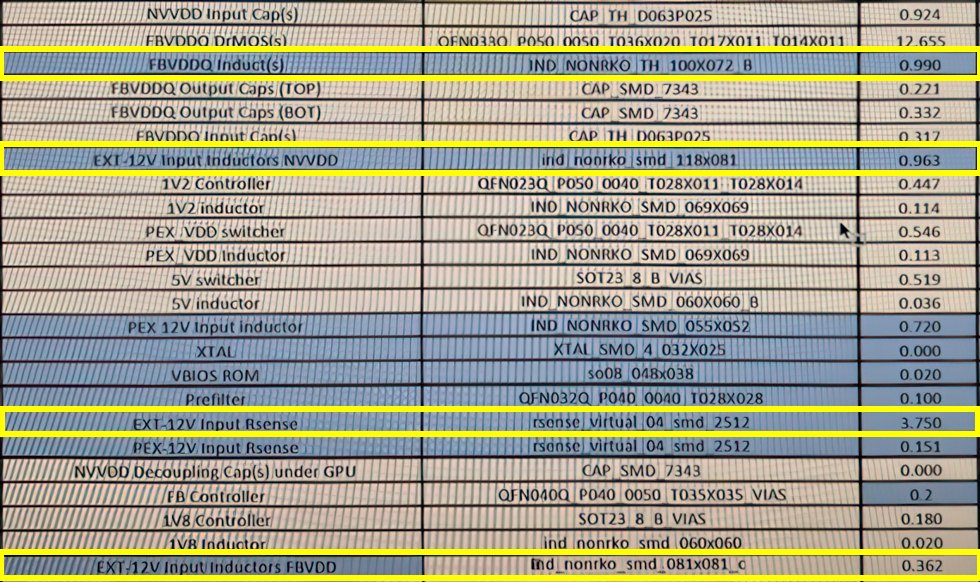
That doesn’t sound like an extreme amount, but it is definitely relevant, especially since the multi-layer PCB (up to 12 layers) is so full of copper that even the hot tracks up to the voltage converters and its waste heat already form a certain basis for a thermal jam. These power losses are then added to this.
However, one knows that and still closes the eyes… Incomprehensible. The cooler of the NVIDIA GeForce RTX 4090 FE is unfortunately open at this point and it is simply impossible to at least thermally connect the hot coils to any cooling surface.
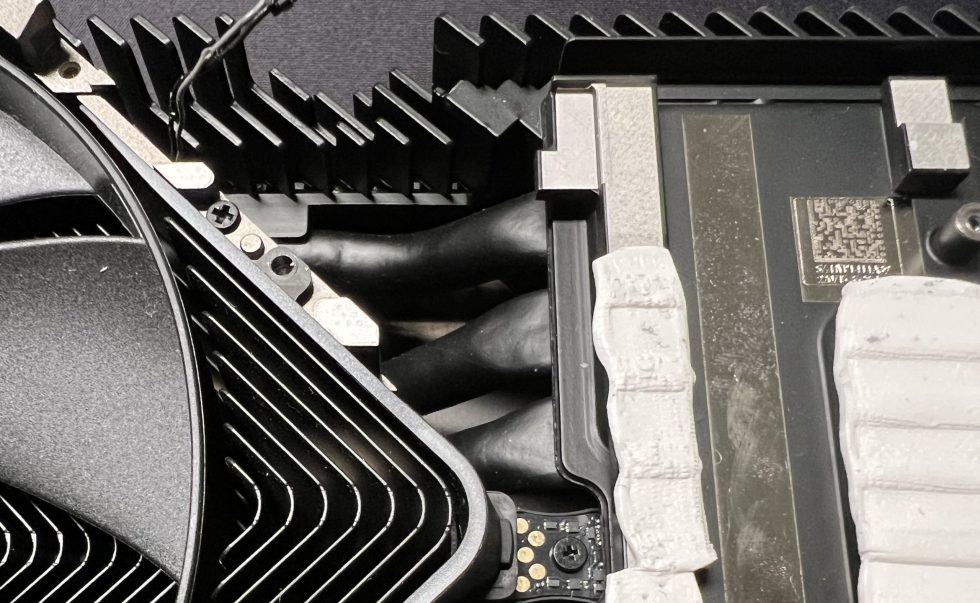
Now you could think that the manufacturers of the GPU water blocks measured themselves in the run-up to the development. Wrong… But I’ll get to that in a moment.
Test system and setup
You already know the structure well enough. Nevertheless, for the sake of completeness, I will list the most important key points once again. As always, I rely on the central lab cooling with the chiller and another expansion tank (a total of almost 20 liters of water). Aqua Computer’s DP Ultra is used, which is filtered on a rotational basis. The water temperature is kept at a constant 20 °C, which greatly simplifies the determination of absolute temperatures and deltas. The internal GPU diode measures the chip temperature reliably from about 19 °C, but it quickly becomes inaccurate below that. Room temperature and water temperature are thus also approximately the same, which avoids dangerous condensate.
Temperatures are recorded using an engineering tool for the GPU diode and the substrate temperature of the GDDR6X (hotspot) and using a calibrated, high-resolution industrial camera for infrared measurements. Here, the PI640 from Optris with a normal focal length is used. The camera has a 640 x 480 pixel bolometer to capture thermal radiation. For the evaluation, I record a radiometric video, which I can also read out later at will.
| Test System and Equipment |
|
|---|---|
| Benchtable: |
Banchetto 101 (modified) |
| Cooler: | Alphacool Ice Age 2000 Chiller, 20l additional reservoir |
| Power Consumption: |
Oscilloscope-based system: Non-contact direct current measurement on PCIe slot (riser card) Non-contact direct current measurement at the external PCIe power supply Direct voltage measurement at the respective connectors and at the power supply unit 2x Rohde & Schwarz HMO 3054, 500 MHz multichannel oscilloscope with memory function 4x Rohde & Schwarz HZO50, current clamp adapter (1 mA to 30 A, 100 KHz, DC) 4x Rohde & Schwarz HZ355, probe (10:1, 500 MHz) 1x Rohde & Schwarz HMC 8012, HiRes digital multimeter with memory function MCU-based shunt measuring (own build, Powenetics software) |
| Thermal Imager: |
1x Optris PI640 Pix Connect Software Type K Class 1 thermal sensors (up to 4 channels) |
| OS: | Windows 11 Pro (all updates) |
So much for the introduction and my experiment. which I will show in detail on the next page. The GeForce RTX 4090 FE runs with a 133% power target and almost 600 watts TDP, which is currently the maximum
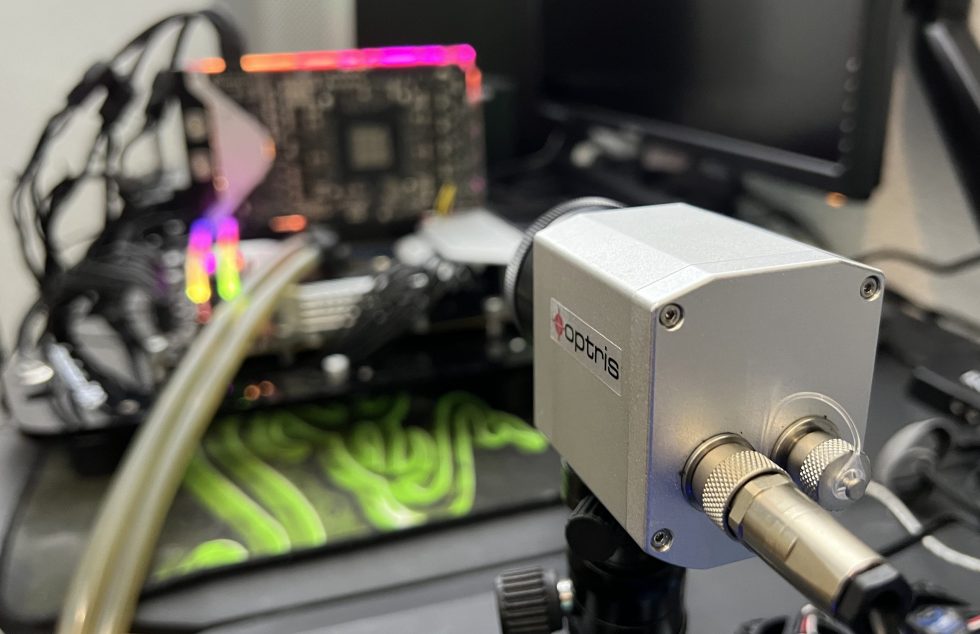














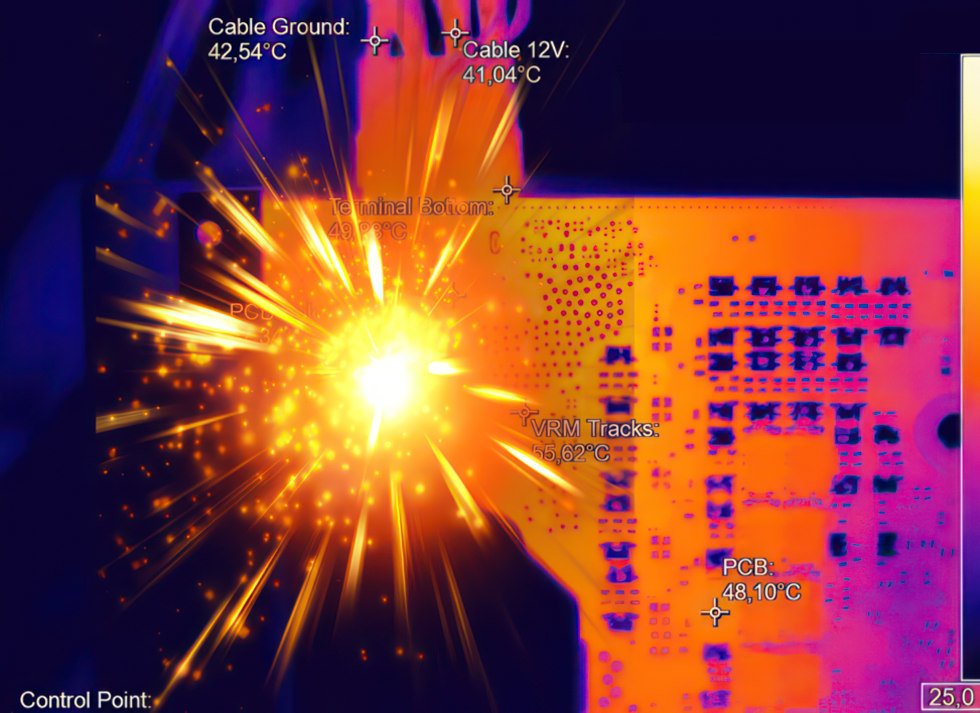
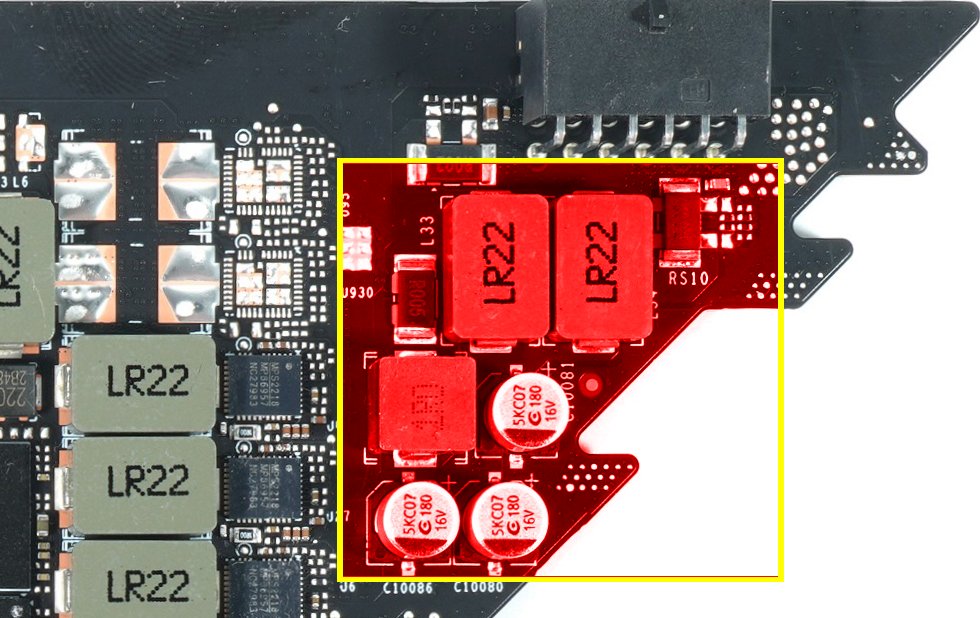



















71 Antworten
Kommentar
Lade neue Kommentare
Urgestein
Mitglied
Urgestein
Urgestein
1
Urgestein
Veteran
Veteran
Veteran
Urgestein
Urgestein
Veteran
1
Urgestein
Veteran
1
Urgestein
Urgestein
Urgestein
Alle Kommentare lesen unter igor´sLAB Community →